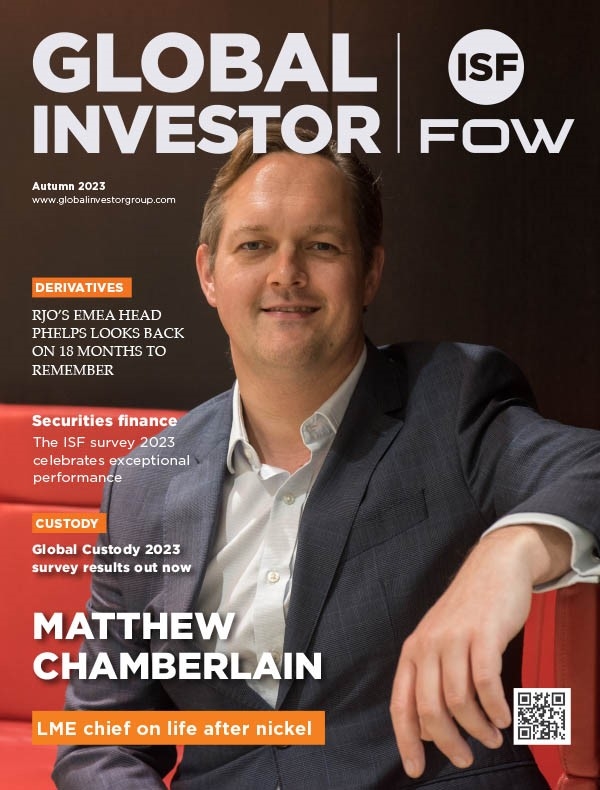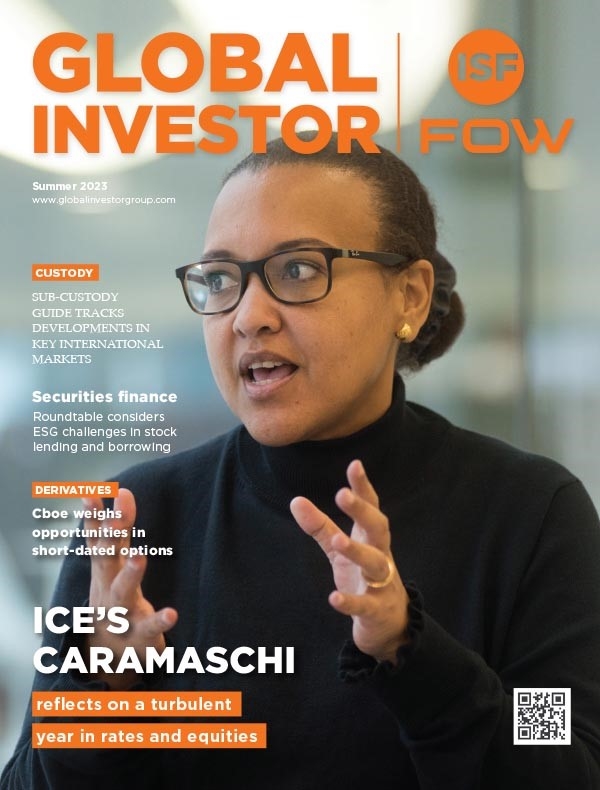UniCredit: Central Europe’s sweet spot
The combination of impressive reform efforts and a recovery in the eurozone means that the resilience that Central Europe has already displayed in recent quarters, in contrast with many other emerging markets, should continue during 2014.
Central Europe’s role as a competitive manufacturing base for eurozone corporates is once again bringing benefits. This is particularly the case in terms of CEE’s trade relationship with Germany.
Following a weak 2012, a recovery in industry took hold last year and should continue into this year. Leading indicators are supportive. Impressive manufacturing purchasing manager index (PMI) figures for the Czech Republic, Hungary and Poland improved further in early 2014, reaching levels last seen in 2011 (see graph 1). 
While a recovery in industry and exports is central to any recovery in economic activity, there are also convincing reasons to believe that better export performance will be accompanied by a recovery in domestic demand.
First, credit is turning more supportive of activity. Since 2008 the banking sector has had to endure two shocks, the first emanating from excessive credit growth in the lead up to the collapse of Lehman Brothers and the second from the eurozone crisis. But in most countries credit growth has fallen below deposit growth, allowing some scope for a bounce.
Banking sectors in some countries have undergone deleveraging, generating more sustainable loan to deposit ratios. Our credit impulse indicators, in particular for Poland and Czech Republic, are supportive of domestic demand this year (see graph 2). 
Second, this improvement in the outlook for credit combined with a stabilisation in many labour markets (in some cases improvement) should foster a recovery in retail sales.
Poland and the Czech Republic are two countries where unemployment has begun to tick downwards. In the Czech Republic retail sales volumes have been broadly stable since 2008. In Hungary retail sales volumes fell sharply over 2006-09 and have failed to recover since. We expect this to improve over the course of 2014 (see graph 3). 
Third, low inflation and easy monetary conditions will aid a recovery. The combination of negative output gaps, stable rather than rising energy prices, some regulated price cuts and better harvests has translated into inflation running below target in all countries. This has allowed central banks to cut their policy rates to record lows. In the Czech Republic and Poland, where monetary transmission mechanisms work well, this is of particular benefit in terms of the cost of credit (see graph 4).
Fourth, economic activity in the newer EU states should also be under much less pressure from fiscal consolidation going forward, given consolidation efforts taken to date and a better growth outlook. Since 2009, many Central European countries rank among the world’s top consolidators, reducing structural budget deficits significantly. 
Some of this was done under the supervision of IMF/EU programmes while in countries such as Poland the government took a series of steps to narrow the deficit as soon as the economy showed signs of recovery. Many other emerging markets are only now beginning to find that their fiscal space is much more constrained.
Finally, 2014 will see the next round of EU funds, allocated under the EU’s budget for 2014-20, begin to flow into the region, benefiting this year and beyond. Though often underestimated, the first round of EU funds over 2007-13 played a central role in smoothing the downturn following the collapse of Lehman Brothers.
Some of the Baltic countries and Poland were particularly efficient in using these funds to support government investment and, in Poland’s case, avoid recession. Though it may be year-end before the benefits of these funds are more obvious, it should help support a much needed recovery in investment across the region.
Over a multi-year horizon, banking union has the potential to generate a series of positive spillovers as well as refocus the discussion on euro entry. While we do not expect many (if any) of the newer EU states to join banking union from the outset, the large share of eurozone ownership of banking systems in Central Europe means that these countries will benefit from the positive spillovers from a reduction in fragmentation within the eurozone.
Over a longer timeframe, progress on banking union within the eurozone will facilitate its enlargement to the newer EU states and accelerate discussion on euro membership.
Of course, within Central Europe some differentiation is still required. Czech Republic and Poland are better positioned in terms of strong inflation targeting frameworks and lower public and gross external debt ratios. The willingness of the Baltic countries to take difficult fiscal measures in 2009/10 cemented their credibility while stronger trade links with Scandinavia currently benefit growth prospects.
Romania’s willingness to adhere to IMF conditionality on fiscal policy has cemented public debt sustainability, though progress on privatisation is less impressive. Hungary has also taken sizeable fiscal measures to successfully narrow its fiscal deficit, but the composition of the measures have been more negative for the investment environment and potential growth than elsewhere (see graph 5).
The above contrasts with trends across other countries in CEE and emerging markets more globally. While Central Europe was working through the excesses of the noughties over recent years, most other emerging markets regions underwent a boom in domestic demand to compensate for more sluggish growth in the advanced world.

But to the extent that this generated excesses, these economies are now being forced towards public and private sector consolidation.
Turkey is an example of an economy that is undergoing a structural shift in external financing conditions as it can no longer rely on large amounts of short-term foreign portfolio capital. This has already taken its toll on the lira as the central bank did not adequately self-insure itself during the boom via sufficient accumulation of FX reserves. As a result the central bank was forced to raise interest rates.
The sharp slowdown in credit growth that has materialised is likely to continue, while domestic demand growth is set to turn negative this year. Russia’s challenge is more structural than cyclical in nature. As is the case with other emerging market commodity producers, Russia is being forced to adjust to an environment where it can no longer rely on consistent terms of trade gains to boost activity.
The Bank of Russia is taking a series of beneficial measures but a weak investment environment and domestic capital outflow mean that growth is set to stay lower for longer. This leaves Central Europe leading rather than lagging the rest of the region this year.
Found this useful?
Take a complimentary trial of the FOW Marketing Intelligence Platform – the comprehensive source of news and analysis across the buy- and sell- side.
Gain access to:
- A single source of in-depth news, insight and analysis across Asset Management, Securities Finance, Custody, Fund Services and Derivatives
- Our interactive database, optimized to enable you to summarise data and build graphs outlining market activity
- Exclusive whitepapers, supplements and industry analysis curated and published by Futures & Options World
- Breaking news, daily and weekly alerts on the markets most relevant to you



